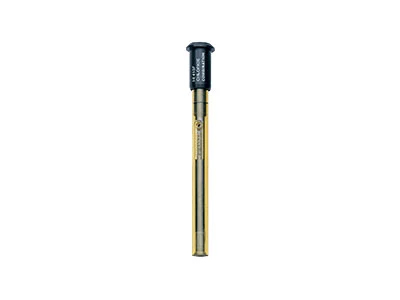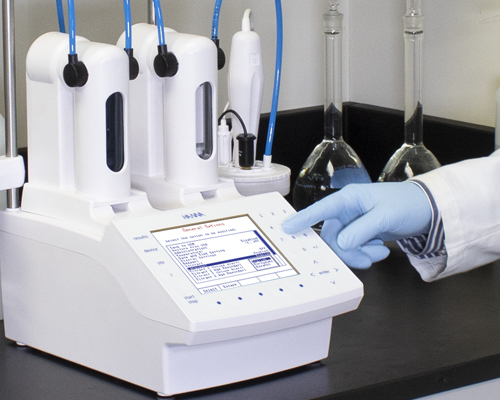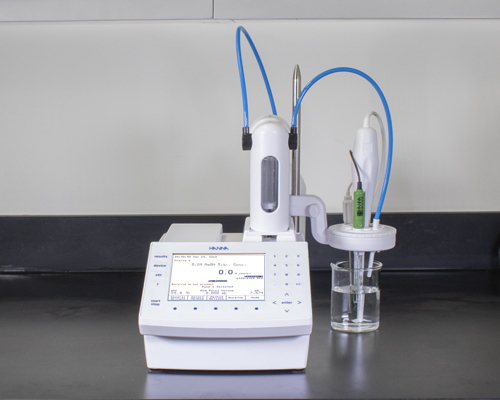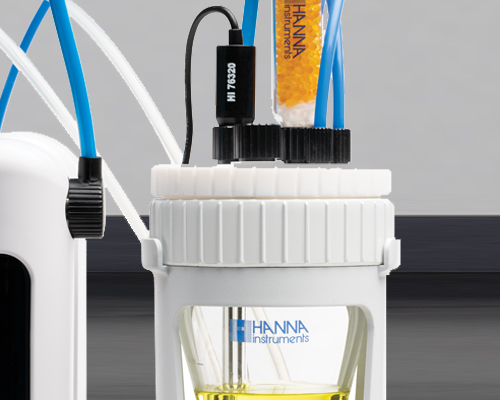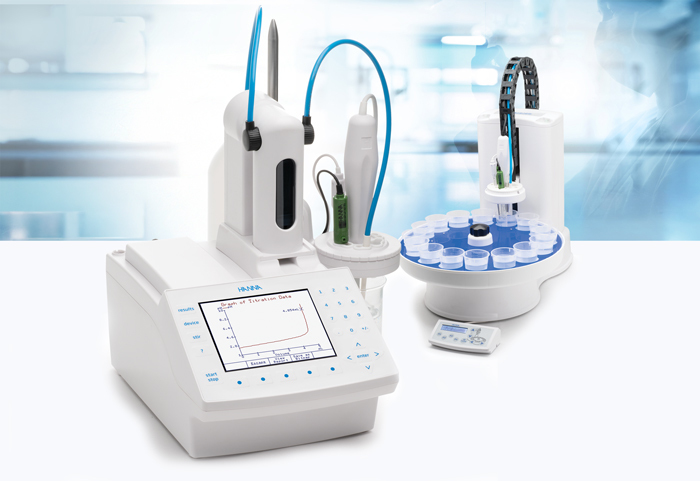The best choice for automatic titration.
Durable, accurate, and simple to use, our fully supported autotitrators make switching to us the right choice. Our experts are here to guarantee you have a positive experience, from onsite installation and training to customization and continued support.
Find the right automatic titrator for you.
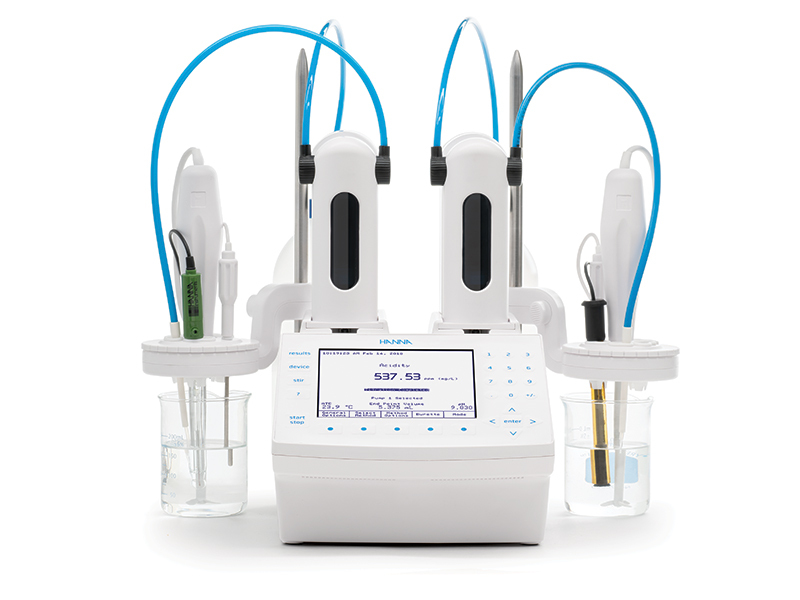
Precise. Accuarte.
Advanced Automatic Titrator Advanced technology for higher precision and productivity.
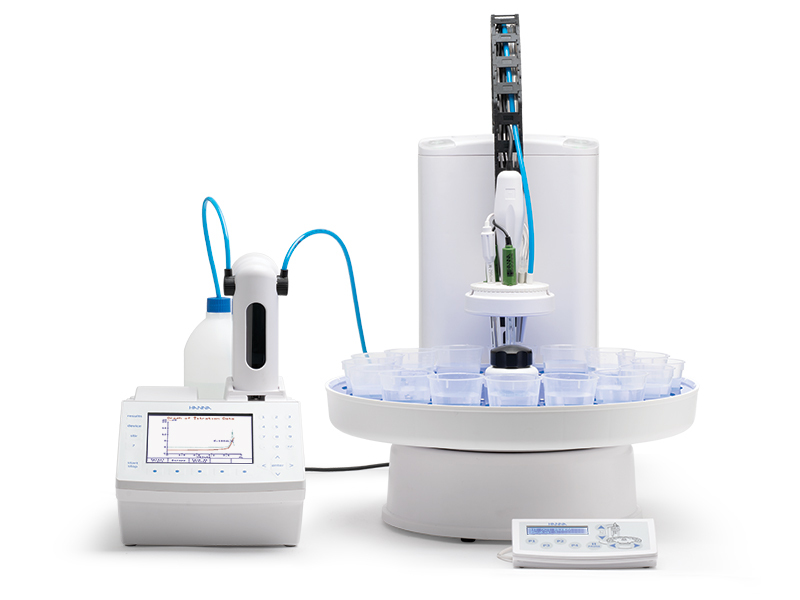
Efficient. Consistent.
Autosampler Titration System Save time and increase consistency with fully automated sampling.

Precise. Easy.
Automatic Titrator Titrate for a variety of measurements including acids, bases, redox, and selective ions.
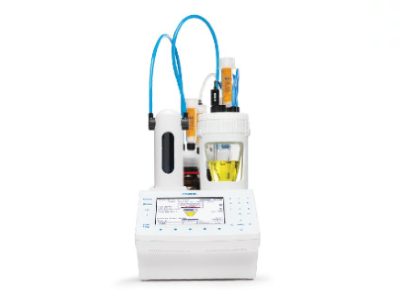
Advanced. Durable.
Karl Fischer Titrator For water content ranging from 100 ppm to 100%.
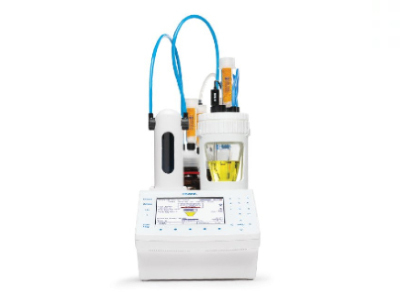
Precise. Stable.
Coulometric KF Titrator For samples with low water content from 1 ppm to 5%.
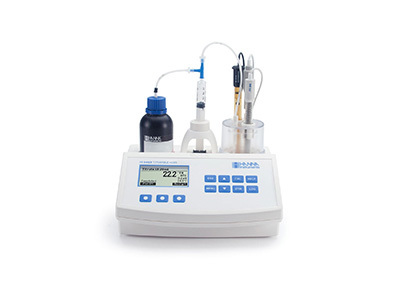
Fast. Focused.
Hanna Mini Titrators Our mini titrators make upgrading from manual titration easy.
Advanced. Precise. High-Performance.
Automatic Potentiometric Titrator - HI932
More features for greater functionality.
Advanced technology for high precision and productivity during even your most complex tests.
Streamline your testing.
Reduce downtime when you perform analyses linked in sequence.
Customize your testing experience.
Select from a wide variety of method packages for markets including food, beverage, dairy, wine, and more.
Focused. Precise. Easy.
Automatic Titrator - HI931
Get the most out of one device.
Titrate for a variety of measurements including acids, bases, redox, and selective ions.
Accurate results every time.
The coulometric design produces titrant directly in the solution for less chemical maintenance.
A high-performance titrator made simple.
With high functionality, the HI931 is ideal for dedicated titrations.
Powerful. Precise. Durable.
Karl Fischer Titrator - HI933
For high ranges.
This titrator rapidly analyzes for water content ranging from 100 ppm to 100%.
Engineered to be strong.
Our titrator is constructed to withstand harsh chemicals for increased longevity.
See when your titrator needs care.
The titrator is able to alert you when to empty your sample vessel or when to standardize the titrant.
Advanced. Precise. Stable.
Coulometric Karl Fischer Titrator - HI934
For low ranges.
This titrator delivers fast and precise results of samples with low water content from 1 ppm to 5%.
Don't make cleaning a chore.
The coulometric design produces titrant directly in the solution for less chemical maintenance.
Sealed for ultimate performance.
The glass titration vessel is sealed to ensure minimal water intake and a low drift rate for higher stability.
Automated titration is increasingly becoming the standard in the laboratory work and production environments by offering a more reliable, efficient, and modern alternative to manual titration.
Data-driven not subjective.
Automatic titrators use sensors to detect the exact endpoint of a reaction - eliminating the uncertainty that comes with visually judging a color change.
Accuracy & repeatability.
Automated systems deliver consistent titrant dosing that isn’t dependent on the operator’s skill. Leading to more reliable and reproducible results.
Reduced use of titrant & sample.
Because dosing is more accurate, you can use smaller sample volumes and less reagent by cutting down on waste and chemical costs.
Lab efficiency & time savings.
Once set up, the titration runs automatically, freeing lab personnel to do other tasks. This is especially valuable in high-throughput environments.
Traceability & record-keeping.
Automated setups generate digital reports with titration parameters, dose data, and results by making documentation easier, precise, and auditable.
Fast. Focused. Simple.
Upgrade from manual titration with our mini titrators for professionals.
BROWSE ALL MINI TITRATORS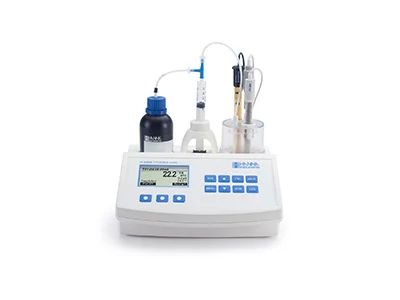
Lactic Acid
Designed for testing titratable acidity levels in dairy products. All inclusive with pre-packed reagents, ready to go.
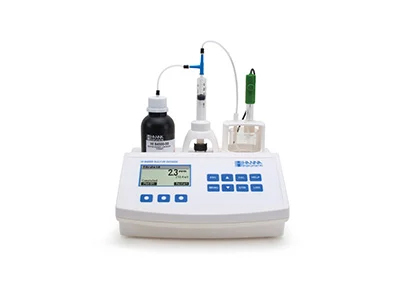
For Wine and Juice
YAN, SO2, & TA. Each is designed for your most essential wine measurements.
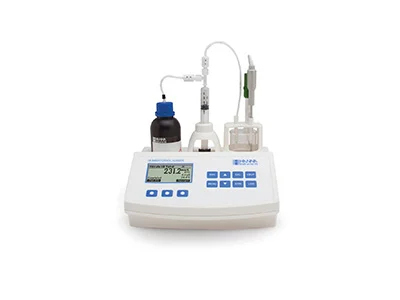
For Water and Lab
Acidity & Alkalinity Accurate and simple water analysis with little preparation.
You can count on our titrators
No matter the industry or application, test confidently and consistently.
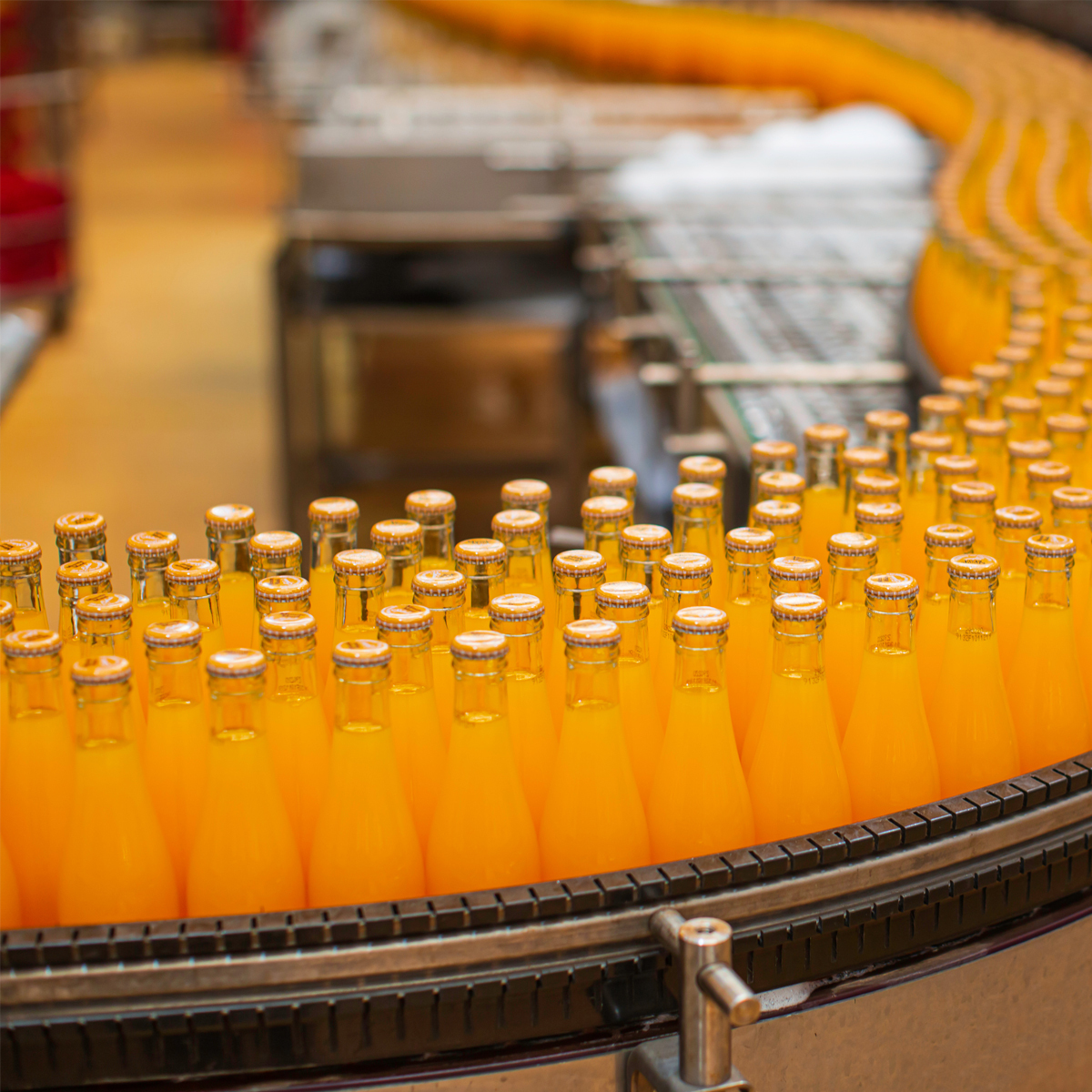
Beverage production
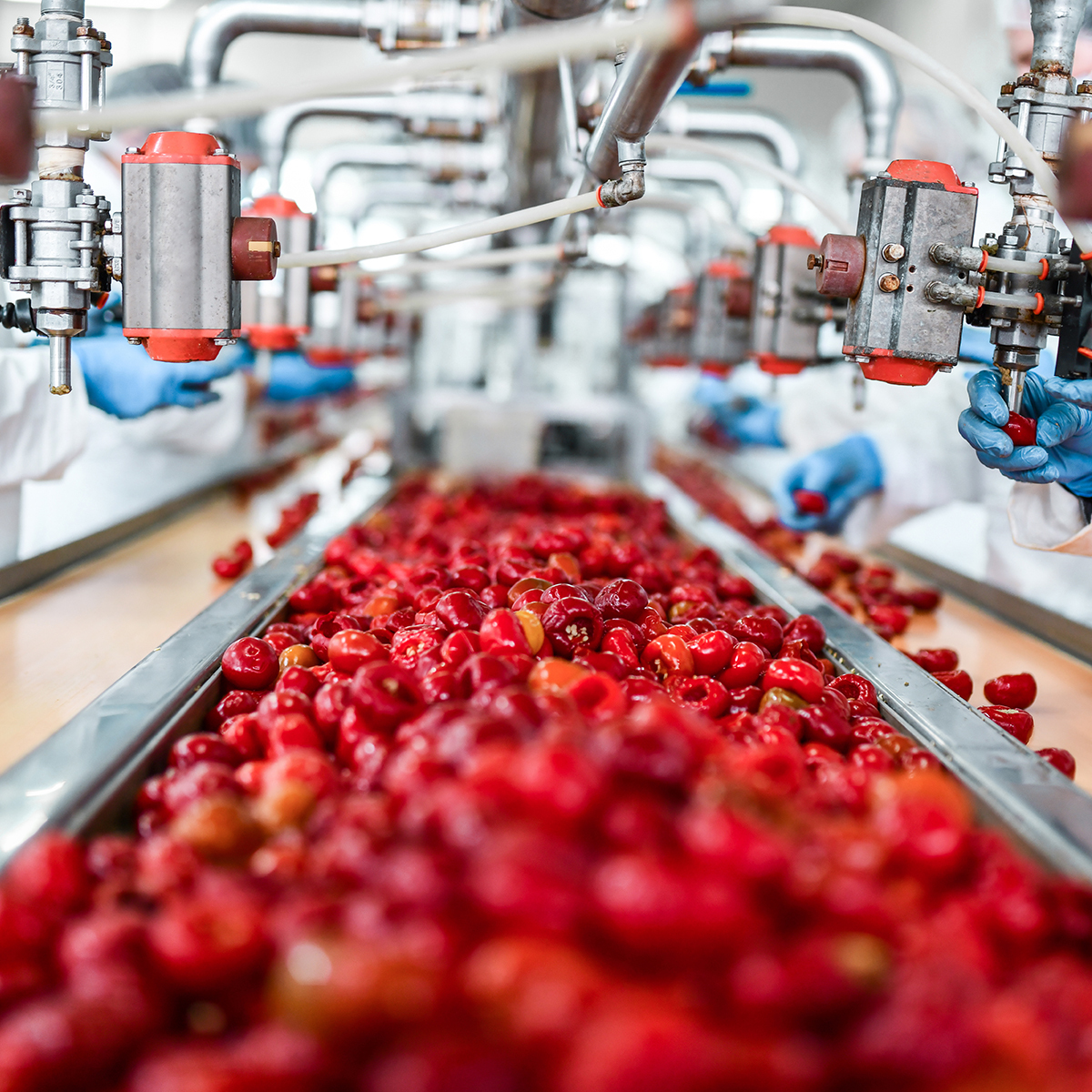
Food manufacturing

Laboratory analysis
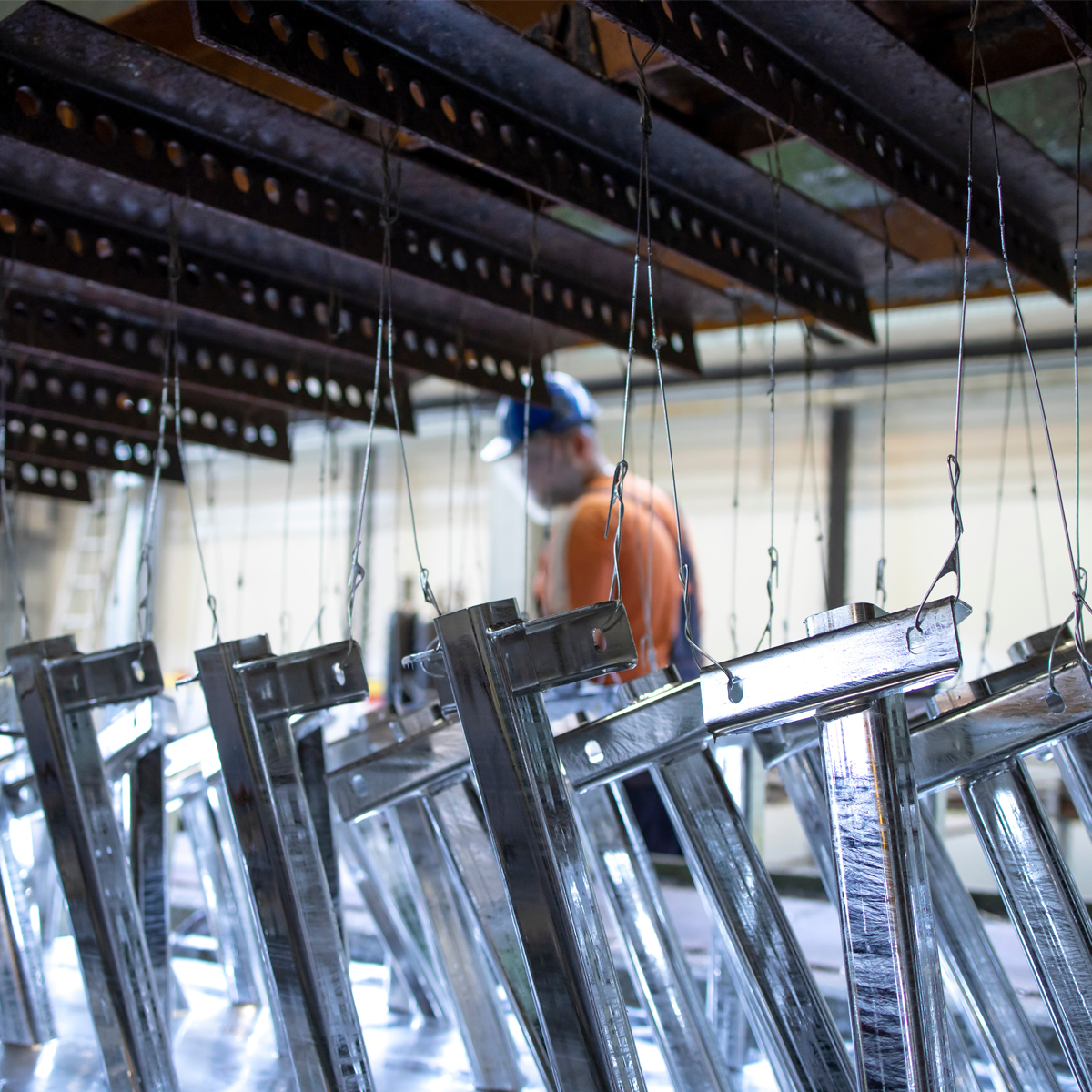
Industrial and metal finishing

Education and research
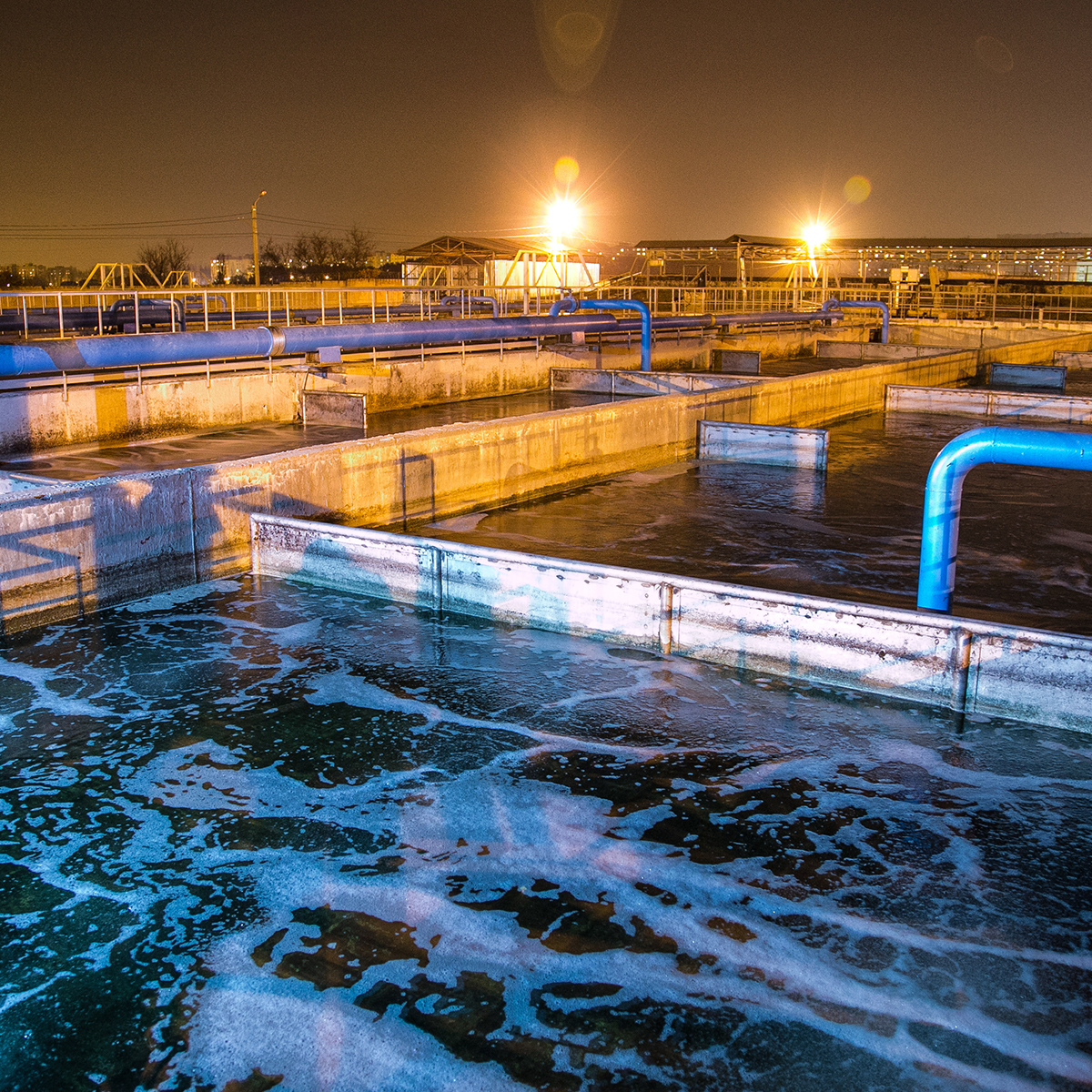
Water treatment and municipalities
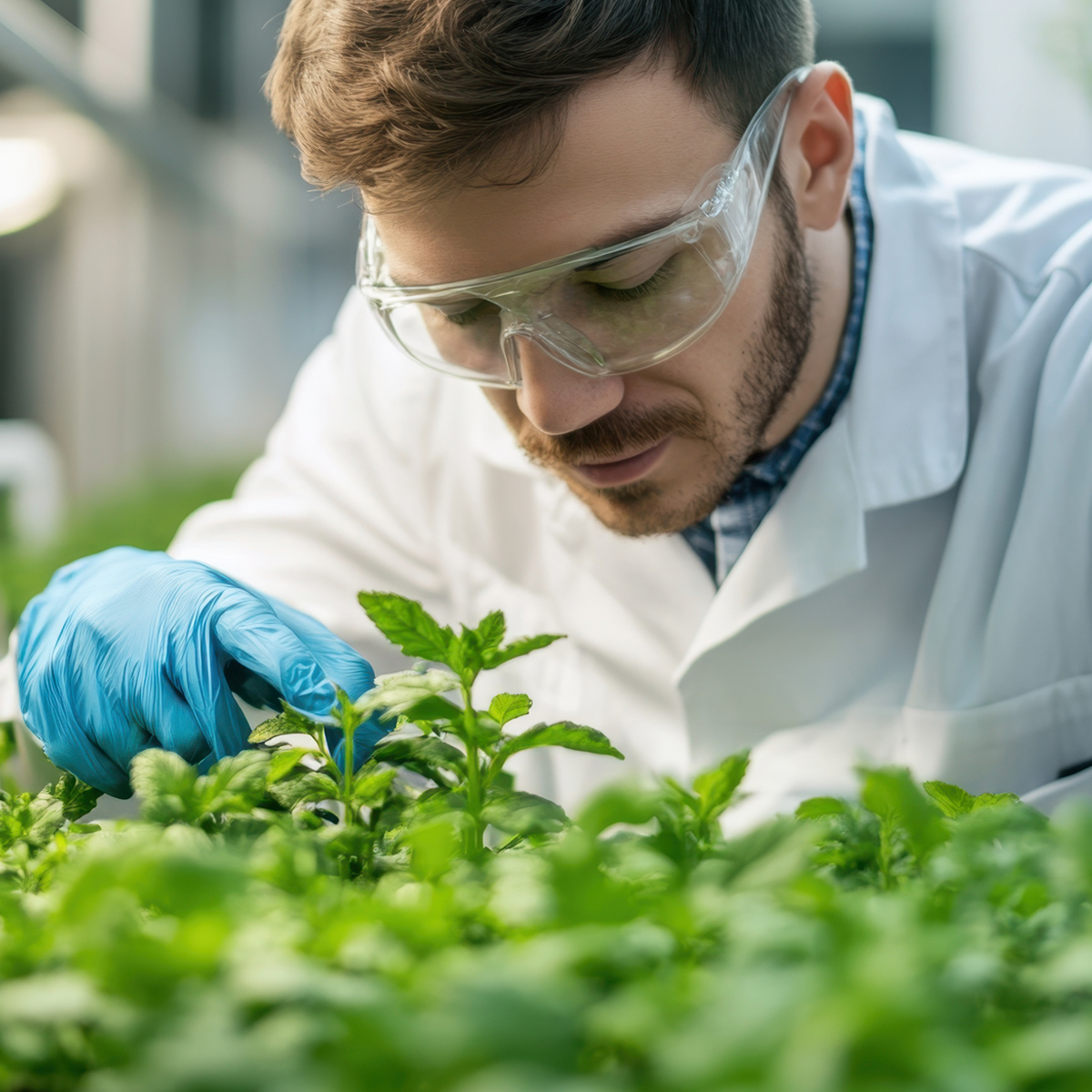
Commercial agriculture
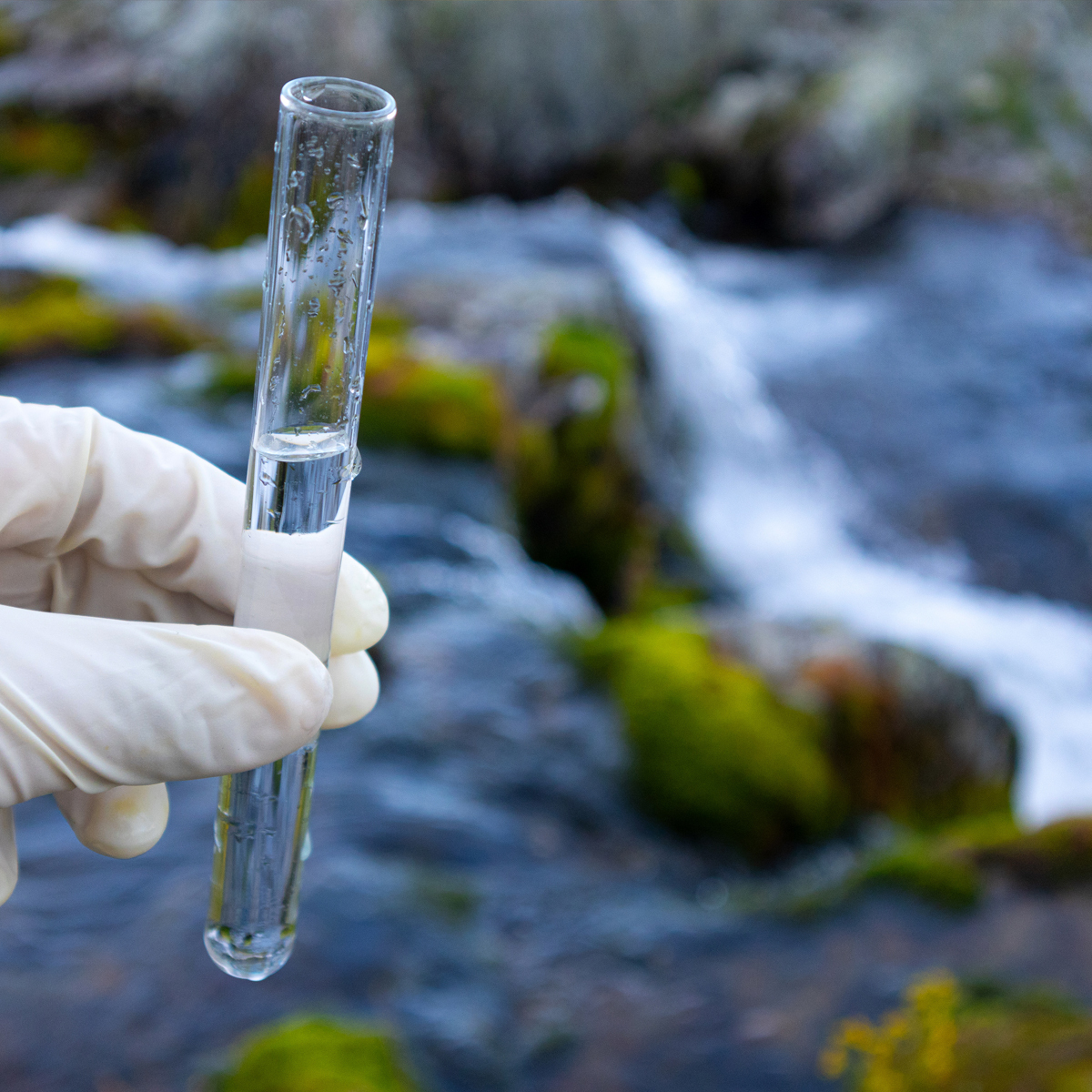
Environmental water quality
To help you get started.
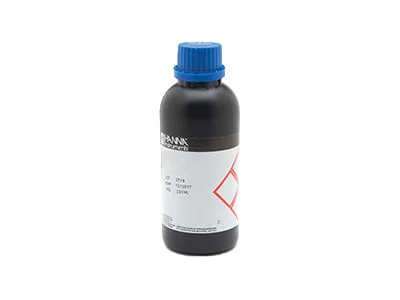
Titrants and Reagents
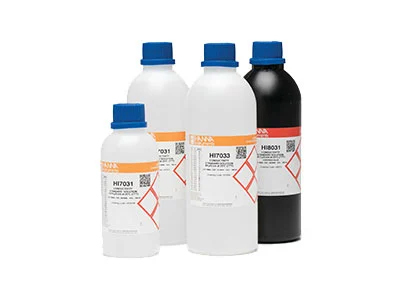
Calibration
